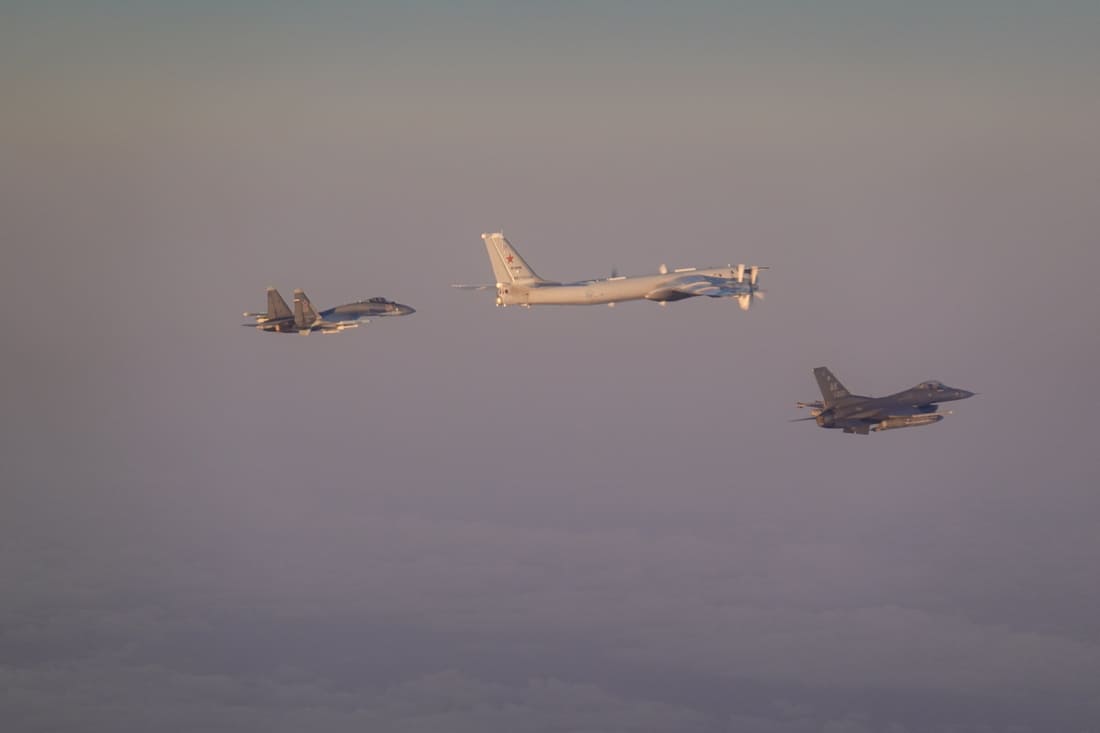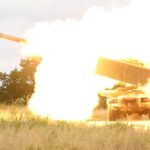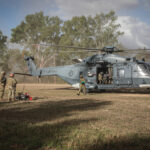Two Russian Tu-95 bombers and two Su-35 fighters operated inside Alaska’s Air Defense Identification Zone on September 24. U.S. aircraft launched to identify and intercept in the zone. The activity took place in international airspace and did not enter U.S. or Canadian sovereign airspace.
Defense officials confirm the response package included an E-3 airborne warning and control aircraft, four F-16 fighters, and four KC-135 tankers. The command announced the event the following day. The incident counted as the third in roughly a month and the ninth reported this year.
NORAD tracks Tu-95 and Su-35 in Alaska ADIZ on Sep 24, 2025
Detection and tracking occurred inside the Alaska ADIZ, a monitored belt of international airspace that begins where sovereign airspace ends. The command’s statement listed the Russian types and the U.S. response. The Russian formation remained outside national airspace and the event posed no direct threat.
The announcement specified two Tu-95 long-range bombers and two Su-35 fighters. Tu-95s belong to Russia’s long-range aviation and fly extended patrols over northern routes. Su-35s serve as air-defense escorts. The mix seen on September 24 matches earlier patrols near the Aleutians and the Bering Sea.
Identification and escort relied on an E-3 Sentry, four F-16s, and four KC-135 tankers. The E-3 provided wide-area radar and command-and-control coverage to coordinate the intercept and to maintain a consolidated air picture over remote waters. Tankers sustained the fighters and the E-3 on long legs over the Bering Sea. The fighters executed the positive identification and shadowed the formation until it departed the zone.
US response E-3 F-16 and KC-135 no airspace violation
Long distances, few diversion fields, and tough weather in the North Pacific drive reliance on tankers and an airborne command post. The E-3 offers radar coverage beyond the horizon of ground sensors. Fighters plug into that picture through datalinks and voice control, then close to visual range if needed for tail number and configuration checks. Intercepts usually end with photo confirmation and a shadow until the foreign aircraft exit the zone.
ADIZ procedures require positive identification, radio monitoring, and coordination with civil air traffic services when applicable. The zone is not sovereign airspace and does not confer authority to force down compliant foreign aircraft. The Alaska ADIZ spans wide arcs along the Aleutians and Bering approaches, which leaves limited time to launch if detection occurs late. Alert aircraft sit ready with tanker support, and an E-3 often launches with the fighters.
The September 24 event followed the standard roles. The E-3 managed the air picture, F-16s handled close escort, and KC-135s extended time on station for the package. According to industry sources, this is the baseline playbook for long-range intercepts over the Bering Sea and western Aleutians, where basing distances strain fighters without tanker support.
No airspace violation appeared in official summaries. Earlier 2025 notices used the same language, including late-August releases describing an Il-20 surveillance aircraft operating inside the ADIZ.
Recurring Alaska ADIZ activity in 2025, the ninth event this year
The September 24 encounter marked the ninth report in 2025. Counts from official statements show clusters in February, April, July, August, and late September. August saw four flights in a single week, including surveillance activity near the western Aleutians. Public language stayed steady through the year. Identify, monitor, note international airspace, and underline no direct threat.
The late-summer cycle closed with the September 24 patrol and a statement one day later. The “third in about a month” tally drew on August runs and the late-September sortie.
The frequency this year aligns with prior patterns for Russian long-range aviation near Alaska. Tu-95 patrols with fighter escorts appear episodically along the Arctic and North Pacific approaches. The command answers with ready packages based in Alaska and supported by tankers. Wording on risk remains conservative, and sharper language is reserved for unsafe conduct.
The aircraft mix reflects mission fit. Tu-95s offer range and endurance. Su-35s provide air-defense cover. F-16s in Alaska carry air-to-air loadouts for identification and escort. KC-135s serve as the workhorse tanker across U.S. units, while the E-3 provides airborne radar and battle management over ocean gaps.
In late August, the command also reported an Il-20 reconnaissance flight inside the ADIZ with F-16s and a smaller tanker package. Earlier statements in February, April, and July documented additional flights and used the same emphasis on international airspace and routine character.
ADIZ rules, intercept procedures and aircraft roles
U.S. regulations and FAA publications define Air Defense Identification Zones. They exist to ensure the ready identification, location, and control of aircraft in the interest of national security. An ADIZ extends the identification boundary outward but does not convert international airspace into sovereign airspace.
Intercepts follow a simple arc. Sensors cue the airborne command post. Fighters launch with tanker support along controller-managed vectors. Identification runs through electronic signatures, air traffic coordination if any, then visual confirmation. Wingmen document features for later analysis. The package maintains offset positions, matches speed, and departs when foreign aircraft leave the zone or when a handoff occurs.
The E-3 fuses radar and identification data, assigns headings and altitudes, and deconflicts traffic. Crews use standard radio calls and hand signals if radios fail. Tanker tracks hold on set orbits to refuel fighters and the E-3, keeping the picture intact across long distances. Over the Bering Sea and the outer Aleutians, those distances can stretch crews and machines, so endurance planning matters.
September 24 shows how packages scale with the contact. Two long-range bombers and two fighters call for at least two U.S. fighters and a support spine to keep them airborne. The published composition lists four F-16s for redundancy in weather, fuel, and safety. Four KC-135s point to multiple refueling events and wide coverage. The E-3 ties the mission together and provides a common picture for post-event briefing.
The tempo through late summer and early autumn fits historic practice near Alaska. According to industry sources, these patrols support training and readiness and test navigation and command-and-control across the Northern Pacific. U.S. and Canadian crews verify identity, keep the air picture current, and signal presence. Flights rarely escalate.
REFERENCE SOURCES
- https://www.norad.mil/Newsroom/Press-Releases/Article/4314460/norad-detects-and-tracks-russian-aircraft-operating-in-the-alaskan-air-defense/
- https://www.reuters.com/business/aerospace-defense/norad-scrambles-fighter-jets-intercept-russian-planes-off-alaska-2025-09-25/
- https://apnews.com/article/875711b37777486c439e0b774b499cb0
- https://www.cbsnews.com/news/russia-planes-alaska-us-fighter-jets-intercept-bomber-fighter-jets-adiz/
- https://www.stripes.com/branches/air_force/2025-09-25/russia-alaska-adiz-norad-19216022.html
- https://www.militarytimes.com/news/your-military/2025/09/25/russian-warplanes-detected-flying-near-alaska-again-us-military-says/
- https://www.upi.com/Top_News/US/2025/09/25/Russia-Alaska-NORAD-planes/5481758810450/
- https://www.faa.gov/air_traffic/publications/atpubs/aip_html/part2_enr_section_1.12.html
- https://www.faa.gov/about/office_org/headquarters_offices/ato/service_units/systemops/fs/alaskan/advisories/adiz
- https://www.af.mil/About-Us/Fact-Sheets/Display/Article/104504/e-3-sentry-awacs/



